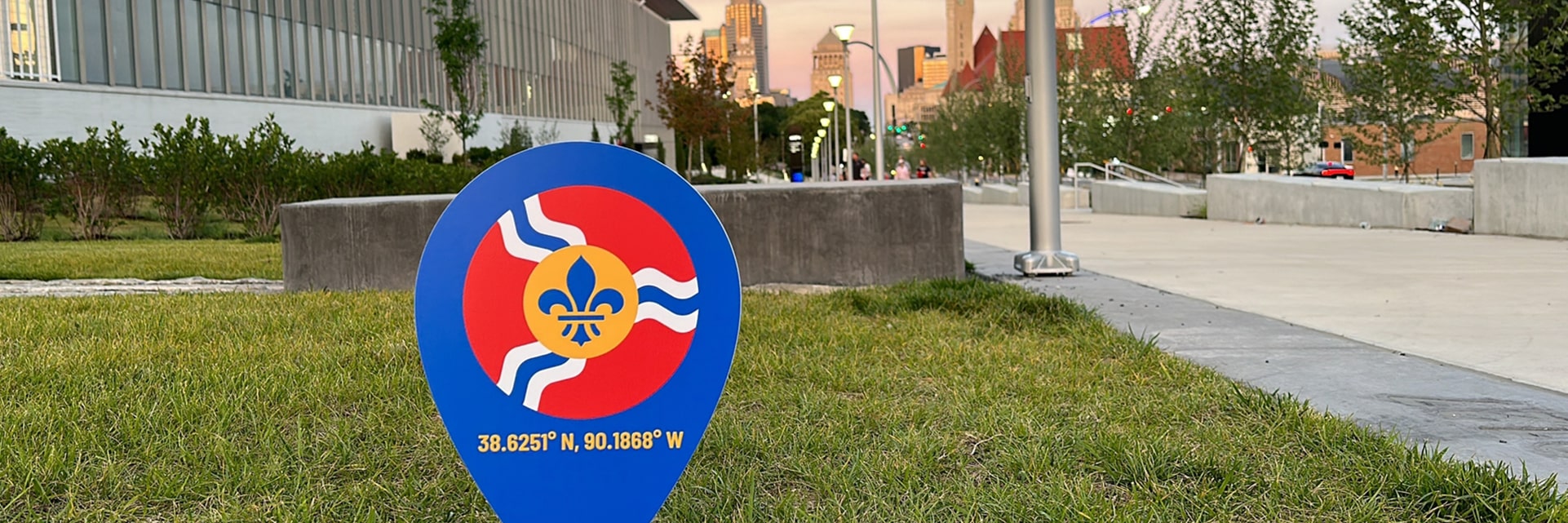

When the National Geospatial-Intelligence Agency announced its intention to build a $1.75 billion headquarters in St. Louis, the region enthusiastically doubled down on the geospatial sector. Today, a full geospatial ecosystem is shaping the sector from talent pipeline to cross-sector alignments with major industries like agtech, advanced manufacturing, and transportation.
Beginning in 2026, a new backbone organization called GeoSTL will steward implementation of the GeoFutures Strategic Roadmap and Implementation Plan, 2025 – 2028.
St. Louis is clearing the way for the future of geospatial — and the businesses that have the tenacity and vision to evolve alongside it.
Military and military support installations across the St. Louis metro depend on collaborative industry partners – large and small – to help them meet their mission-critical needs with advanced technology solutions.

Whether you’re a startup or locating an established company, you’ll find your place in a vibrant tech community with big-thinking problem solvers, state-of-the-art resources, flexible SCIF space, and programming to inspire collaboration. T-REX in Downtown St. Louis, for example, houses a Geospatial Innovation Center alongside Moonshot Labs, a collaboration with the NGA — the first ever unclassified innovation space for NGA professionals to work with community colleagues. Learn more about our startup ecosystem.

The first-of-its-kind Taylor Geospatial Institute advances geospatial science, innovation, and commercialization through a targeted collaboration of universities, corporations, startups, government agencies, and non-profit organizations. Learn more about TGI.

To meet the growing needs of the geospatial sector, our school systems, colleges and universities are collaborating with industry partners to expand K-16 and adult workforce geospatial education and training.


At Harris-Stowe State University, Dr. Freddie E. Wills, Jr., Ph.D., is training students from historically Black colleges and universities across the U.S. for futures in geospatial science.